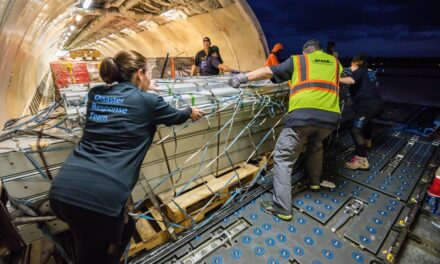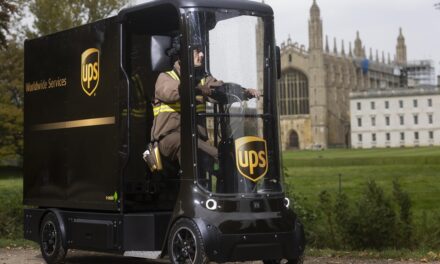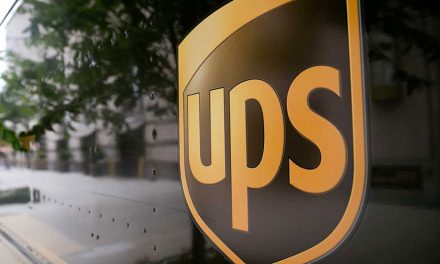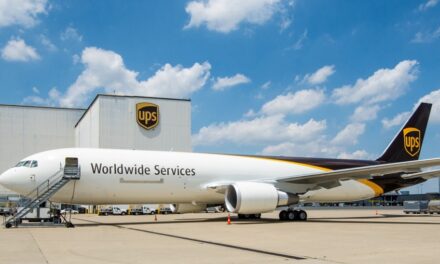
UPS cuts fuel consumption 3.3% with vehicle optimisation
UPS reduced its transport mileage by 63.5m miles last year and fuel consumption by 3.3% – even as package volumes grew by 1.8%. The Atlanta-based carrier issued its latest Sustainability Report today, revealing that a smart use of technology, careful loading of its vehicles and $325m spent training its staff have helped it to cut transport emissions by more than 68,000 metric tons since 2009.
UPS said it used technology to optimise its routing to reduce the amount of miles driven and flown.
Loading optimisation meant more packages are not being delivered in fewer vehicles.
The company also used Telematics systems to analyse data on the mechanical performance of vehicles and the behaviour of drivers behind the wheel, for example to save 15.4m minutes of engine idling time during 2010.
Scott Wicker, the UPS chief sustainability officer, explained that the use of technology like Telematics allowed small adjustments to be made to vehicles that produced “big payoffs”.
He said: “For example, one of our metrics is ‘stops per mile,’ which measures our ability to deliver more packages with fewer engine restarts. Increasing the number of stops per mile by just 0.01 percent in 2010 was the equivalent of not driving 9.13 million miles.”
Delivering 3.94bn packages a year as a company, UPS currently has 99,795 vehicles in its fleet, including 1,914 using alternative technologies.
According to today’s report, UPS has now seen its alternative vehicle fleet driving more than 200m miles since the year 2000. In the long term, it is aiming to double this by 2017 through its “rolling laboratory”, which tests out different drivetrain technologies for vehicles used in different ways.
With its 216 aircraft accounting for around 55% of the company’s emissions, UPS said it was investing in new fuel-efficient aircraft to cut emissions, while also using lower flight speeds and computer optimised flight plans and taxiing to cut air emissions. In the long-term, UPS believes jet engine biofuels will become available, allowing further emission reductions.
Overall, the company achieved a 6.1% emissions reduction in its Transportation Index. The year saw UPS’s greenhouse gas inventory being verified and certified by third parties for the first time.
Chairman Scott Davis said that this year, his company had been stepping up its reporting of data and impacts, including indirect impacts as well as those from its own direct operations, while adding issues like water usage, disaster relief activities and the new carbon neutral shipping service available in the US.
The inclusion of more indirect or “Scope 3” emissions added 3m metric tons of emissions to the UPS total, factoring in issues like the production emissions from fuel used by UPS, the electricity used by The UPS Store branches and the emissions from the commuting activities of UPS employees.
“As a global logistics partner for millions of shippers, we know that our efforts to conserve resources and act responsibly directly affects our customers’ impact,” said Davis.













